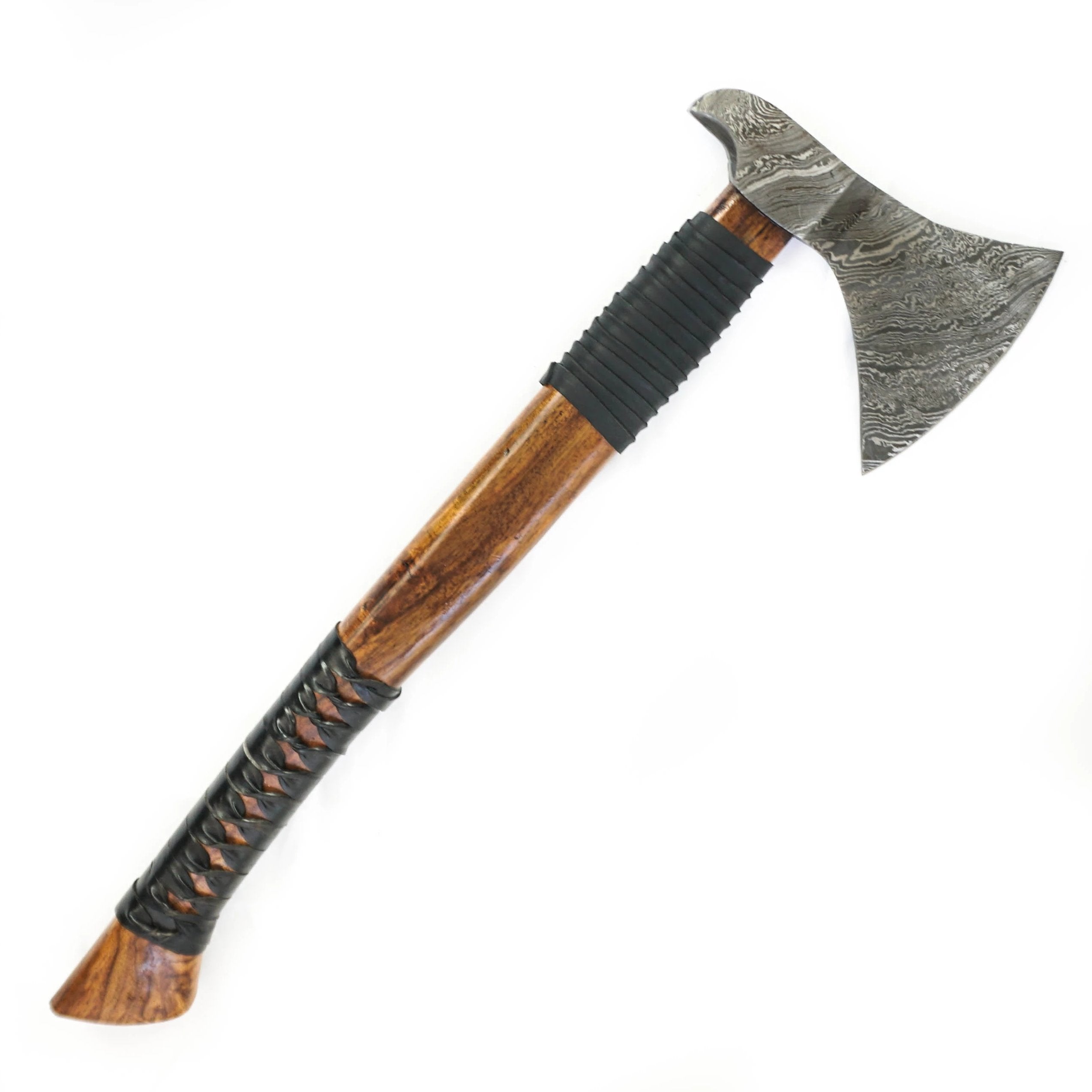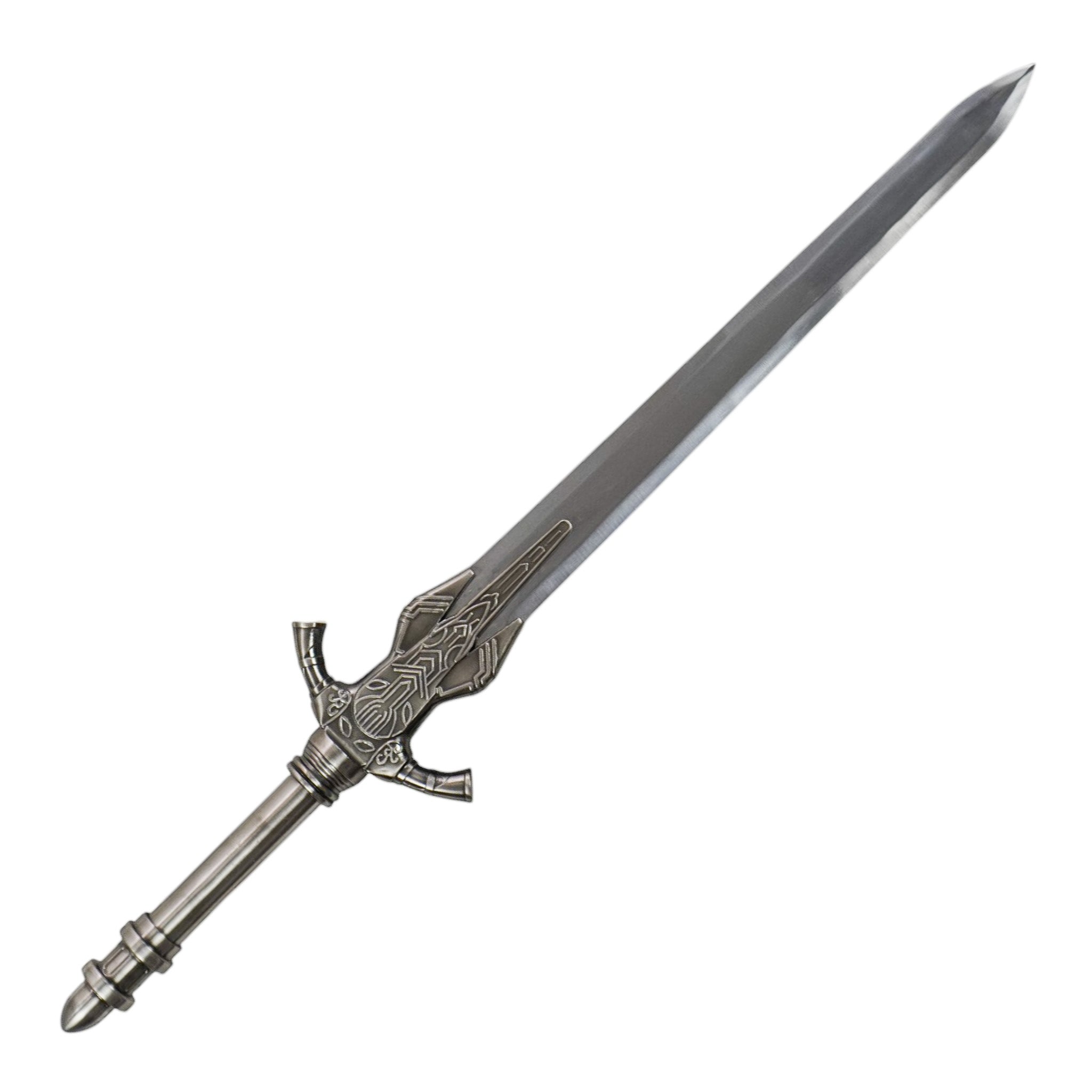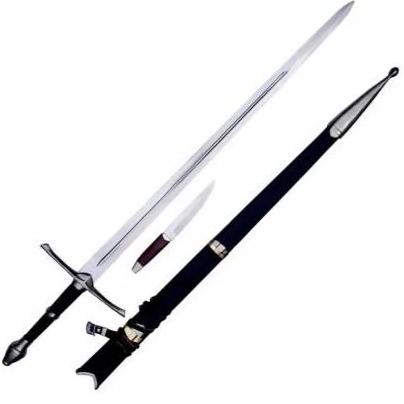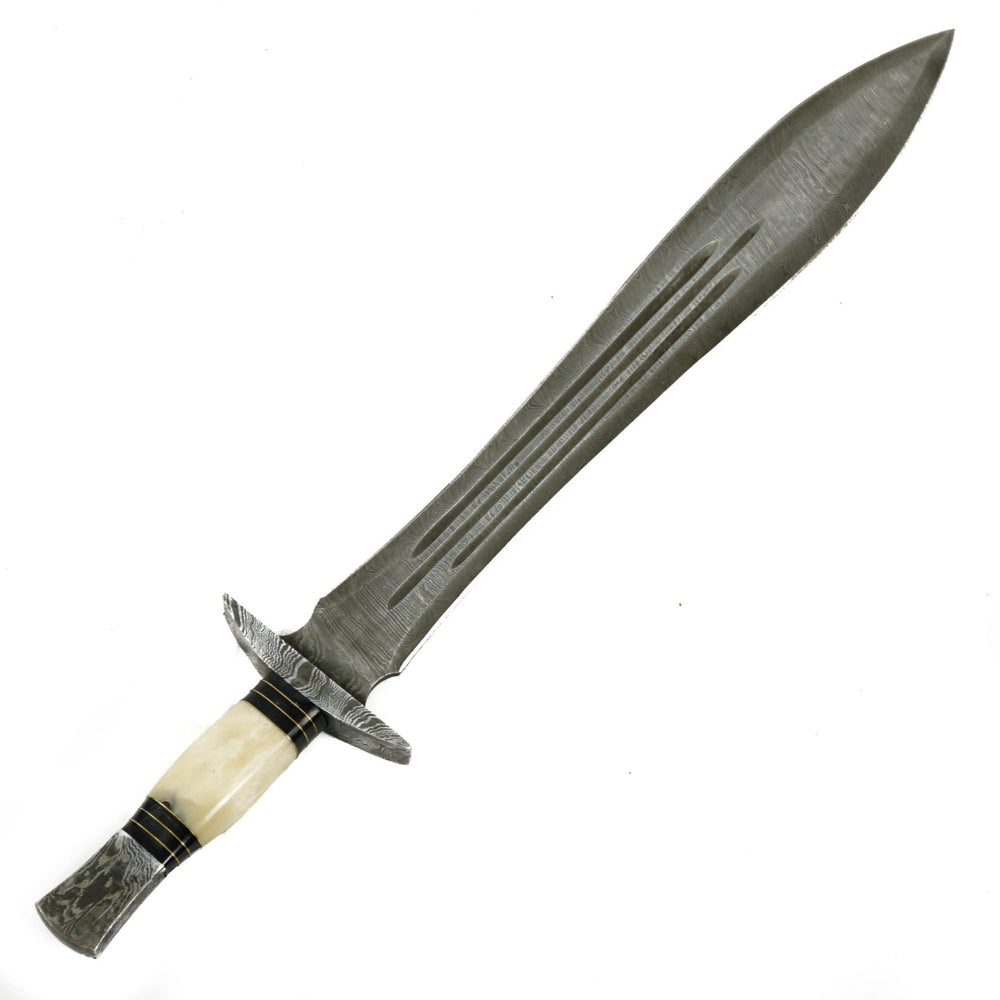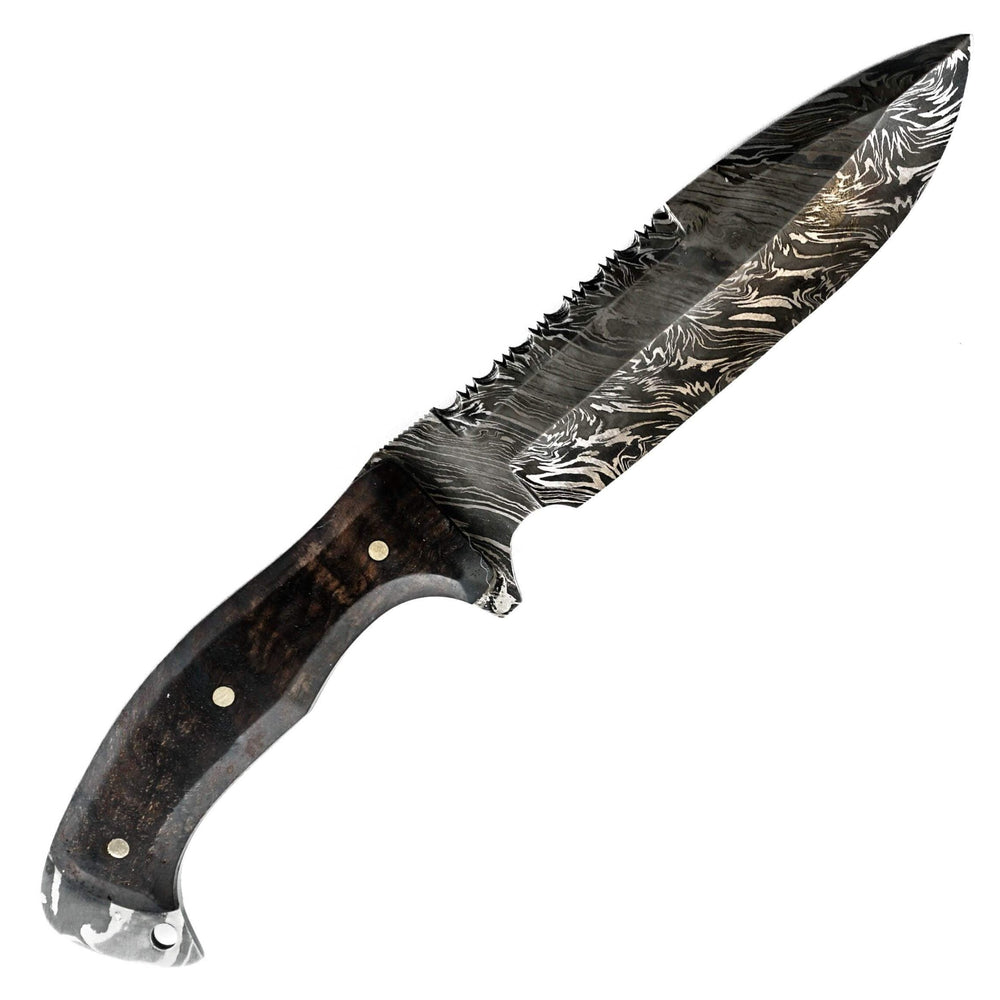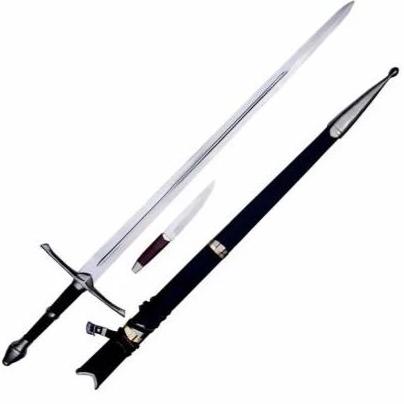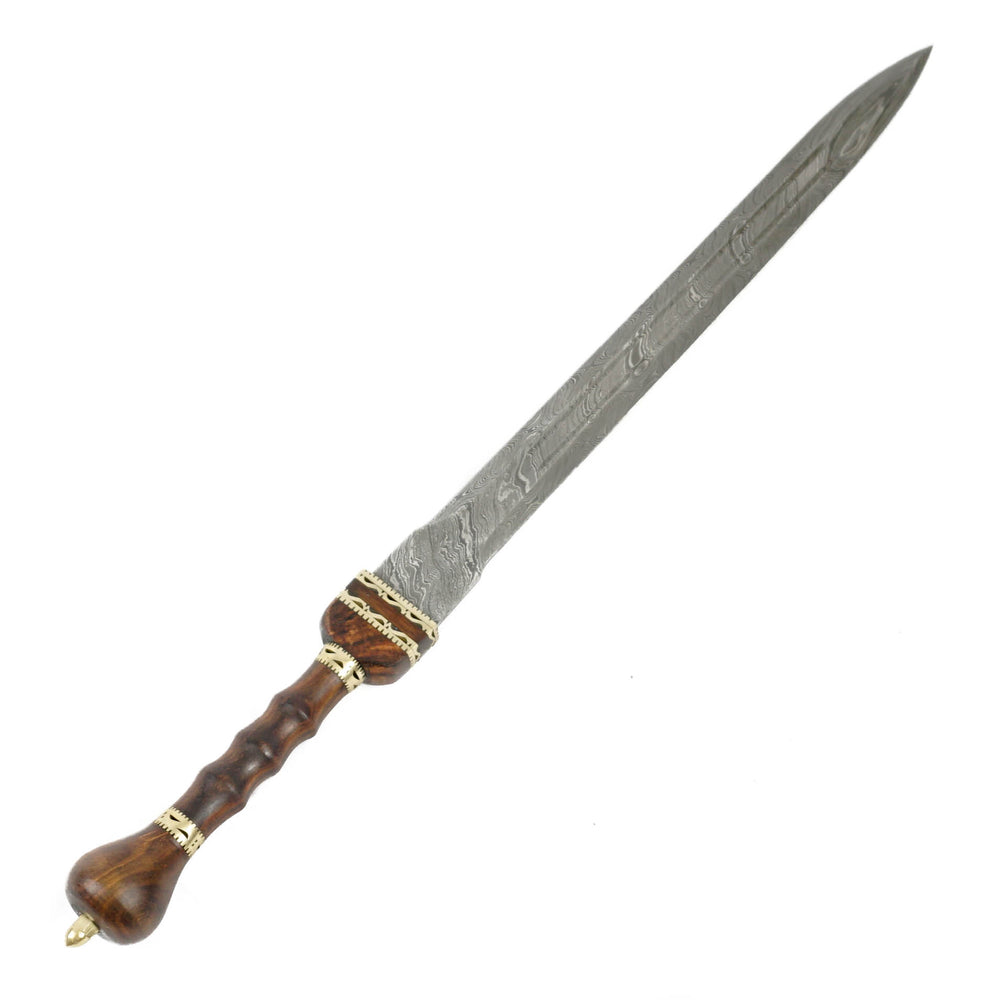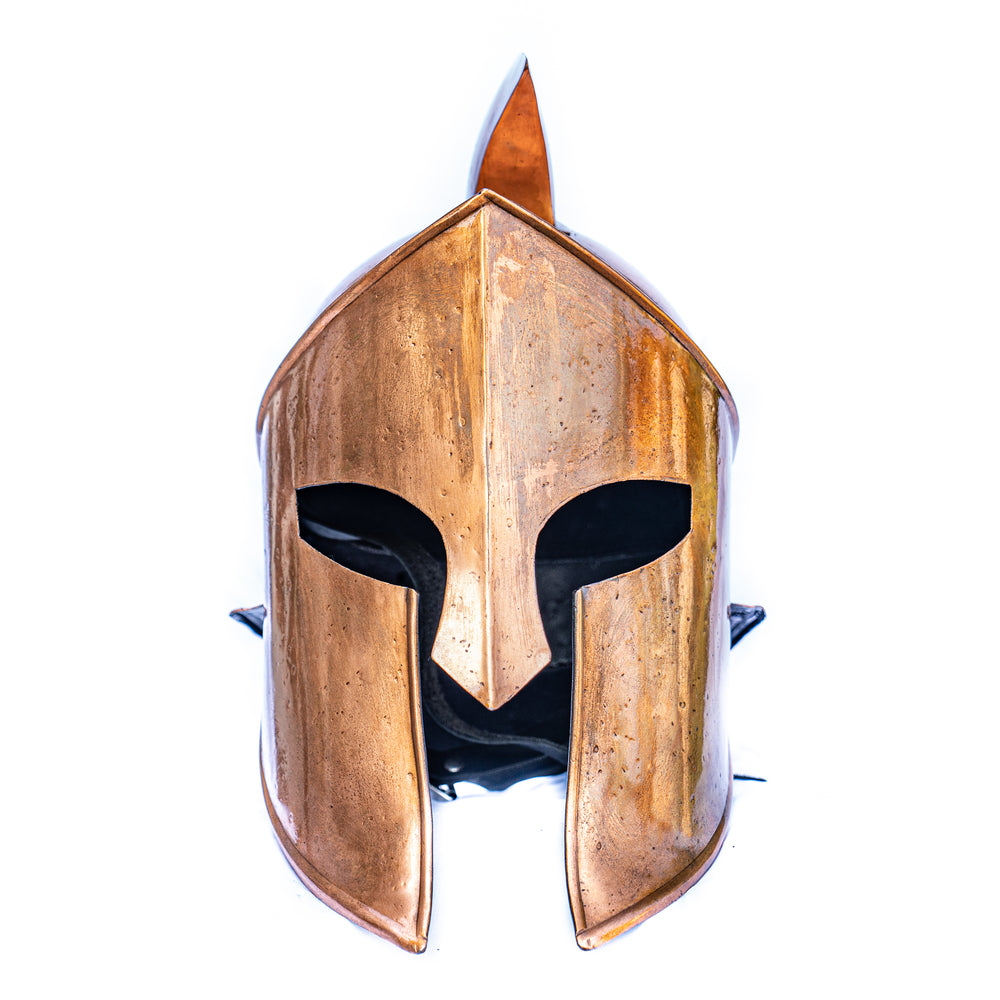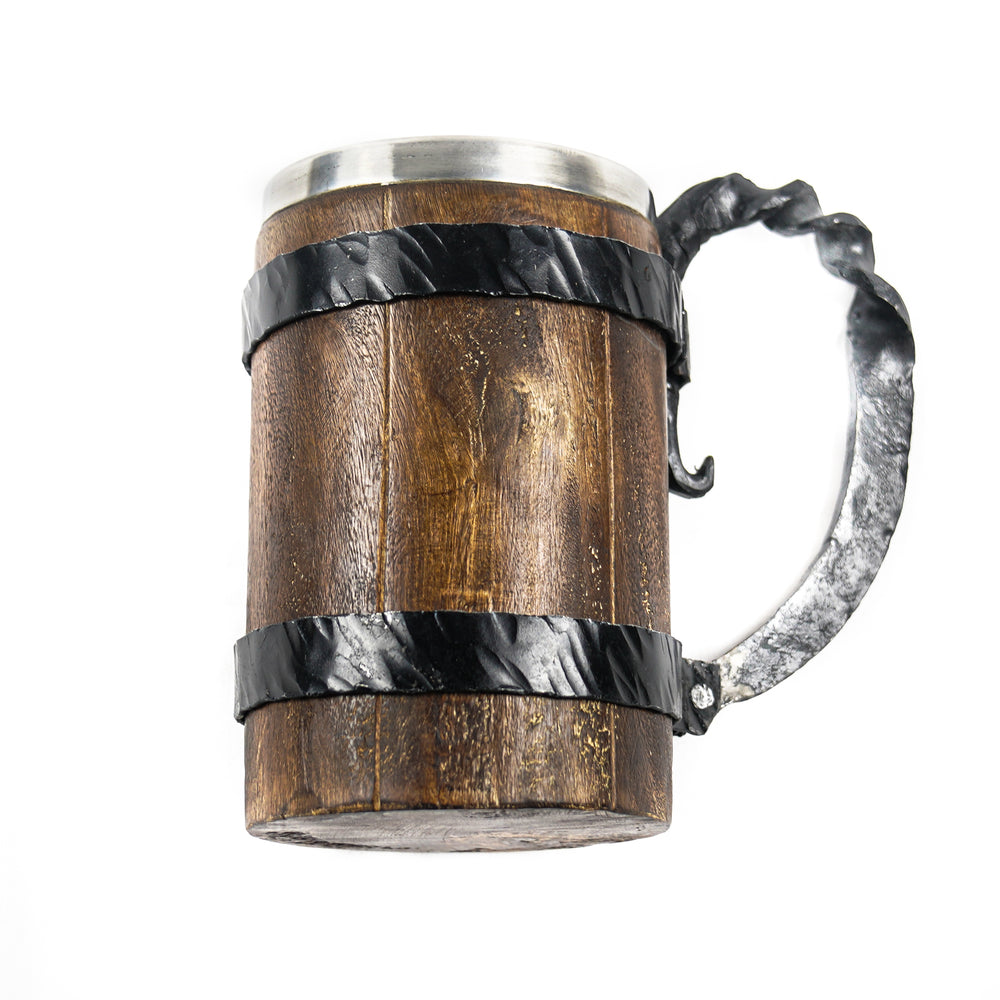Everything Hunters Need to Know About Skinning Knives: From Materials to Maintenance
For hunters and outdoors enthusiasts, skinning knives are a critical part of making the game easier, safer, and more efficient. A good skinner knife improves accuracy, increases safety, and preserves the meat. There are so many types of knives in terms of size, shape, material, and design that some knowledge of the material, design, and proper care is important to selecting the right tool.
1. Know the Purpose of Skinning Knives
Skinning knives are specifically designed to remove the hide from game animals. They have a curved blade that allows the user to make precise cuts without cutting into the meat, which makes the process of skinning much easier, whether you're skinning deer, elk, or smaller animals. A well-chosen Skinner knife will ensure that the skinner is more efficient, and it speeds up the process of skinning the game.
For a hunter, using the right blade to remove skin ensures that there will be less work to be done, additional control, and safety. Some hunters also prefer multi-use type knives for around camp and in the field. However, a quality skinning knife is the better option for skinning and field dressing game animals.
2. Selecting Appropriate Materials
The blade materials of skinning knives play a critical role in the performance and long-term use of the knife. Most quality skinner knives tend toward blades made of stainless steel, high-carbon steel, or specialty alloys.
● Stainless Steel: Doesn't rust and is easy to maintain; great for wet and humid situations.
● High-Carbon Steel: Very sharp and durable, but does require a bit more tending to avoid rust.
● Specialty Alloys: There are some modern hunting knives made with new metals that provide a combination of strength, rust resistance, and edge sharpness.
The handle material is also important. Wood, synthetic polymers, or rubberized grips can offer comfort, durability, and slip resistance, which is often critical when handling game.
3. Blade Design and Shape
The design and shape of a skinning knife affect how accurate and easy it is to use. Curved blades are the most popular since they follow the animal's natural contours and are able to make cleaner cuts with less benefit.
● Drop Point Blades: Have a strong tip and nice control for fine detail work.
● Clip Point Blades: Are useful when making precise incisions, but are a bit more delicate.
● Straight Edge Blades: Are easier to sharpen and easier to use in general, but will require a greater skill level for more detailed skinning methods.
For hunters, selecting an appropriate design ensures every cut is efficient and reduces any loss of meat and the likelihood of accidents.
4. Blade Size and Weight
The size of skinning knives can vary based on what type of game animal you are dealing with and what the hunter prefers. A blade of about 3 to 5 inches is usually good for medium to large game animals. Heavier Skinner knives can be used to provide more power, but they can be tiring if you will be using them for an extended period. Lighter skinner knives may provide better maneuverability and control, and are typically preferred for small and medium game animals.
5. Maintenance Strategies for Durability
The primary consideration with knives is proper maintenance to ensure they continue to be sharp and reliable. Regular cleaning, sharpening, and correct storage will increase the longevity of skinning knives.
● Cleaning: Always clean and dry the knife blade after each use. This prevents rust and gets rid of any food residue.
● Sharpening: To maintain a razor-sharp edge on a knife blade, use a sharpening stone, rod, or whatever system you prefer. A dull knife will require excessive effort to use or can potentially pose a hazard to the user.
● Storage: Knife blades should always be in a dry place, and ideally in a covering (the sheath) in order to protect the blade from being potentially damaged and help to maintain the edge profile.
● Oiling: When using carbon steel blades, periodically use a light coating of oil to prevent corrosion.
Hunters who maintain their skinner knives with these strategies will have knives that they can depend on for many years to come.
Bottom Line
Knowing about the materials, construction, and maintenance of skinning knives is important for every hunter. Choosing a high-quality Skinner knife will make the field an efficient place to process your game while preserving the quality of the meat and providing a safe experience while out in the field. When cared for properly, skinning knives will last a long time and will be used reliably in the field.
Hunters looking for the right skinner knife can find a variety of high-quality, expertly crafted skinning knives at Battling Blades, which are designed to be durable, sharp, and ergonomic. Choosing the right knife is an investment you make in the performance of the knife and your overall experience hunting.

